As the largest online retailer in the world and one of the biggest streaming companies out there, it's almost hard to believe that the mighty Amazon started out as a digital bookstore.
But the fact is that among the thousands of products that are sold on Amazon today, books still are one of the most popular categories, with approximately 300 million printed books sold annually—according to Passive Secret.
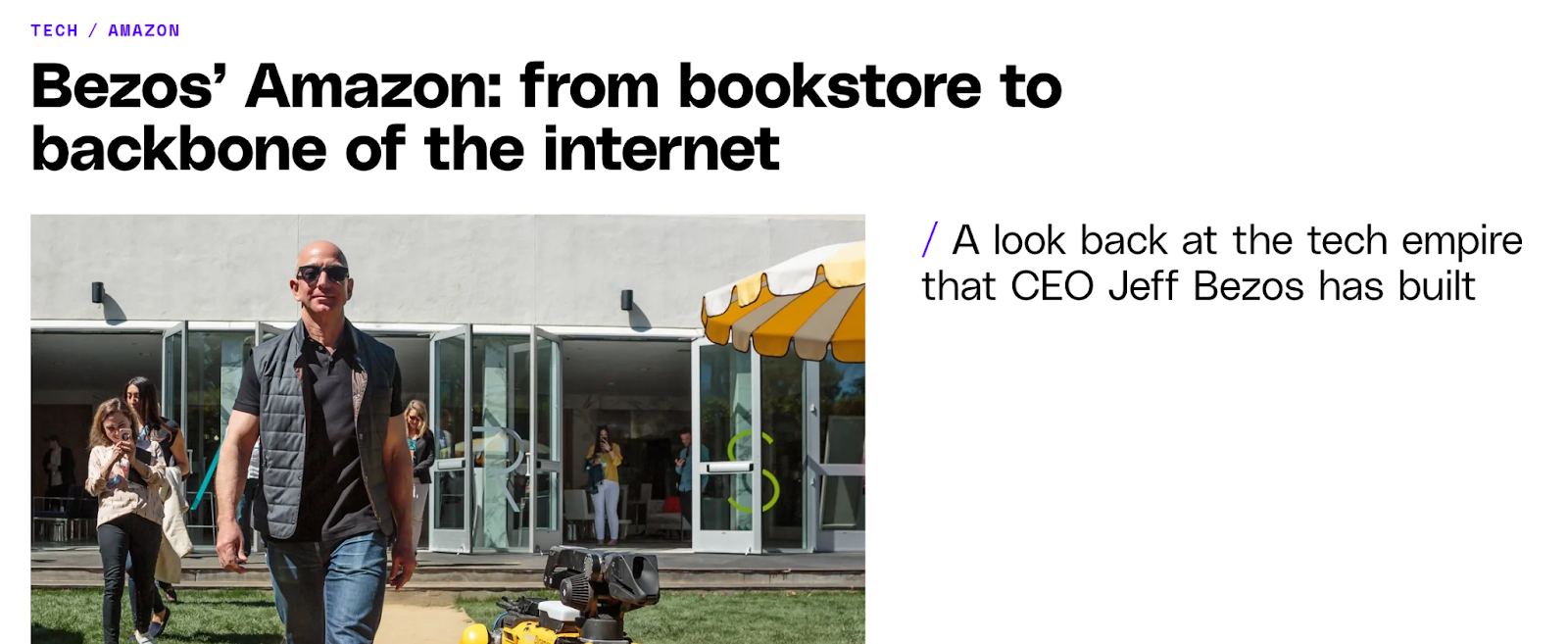
Based on this, it doesn’t take much to realize that, if you know how to leverage its features, selling books on Amazon can indeed be a profitable business. And if you’re interested in starting (or expanding) your book-selling business on Amazon, look no further. Keep reading to learn everything you need about how to sell books on Amazon.
Why should you sell books online?
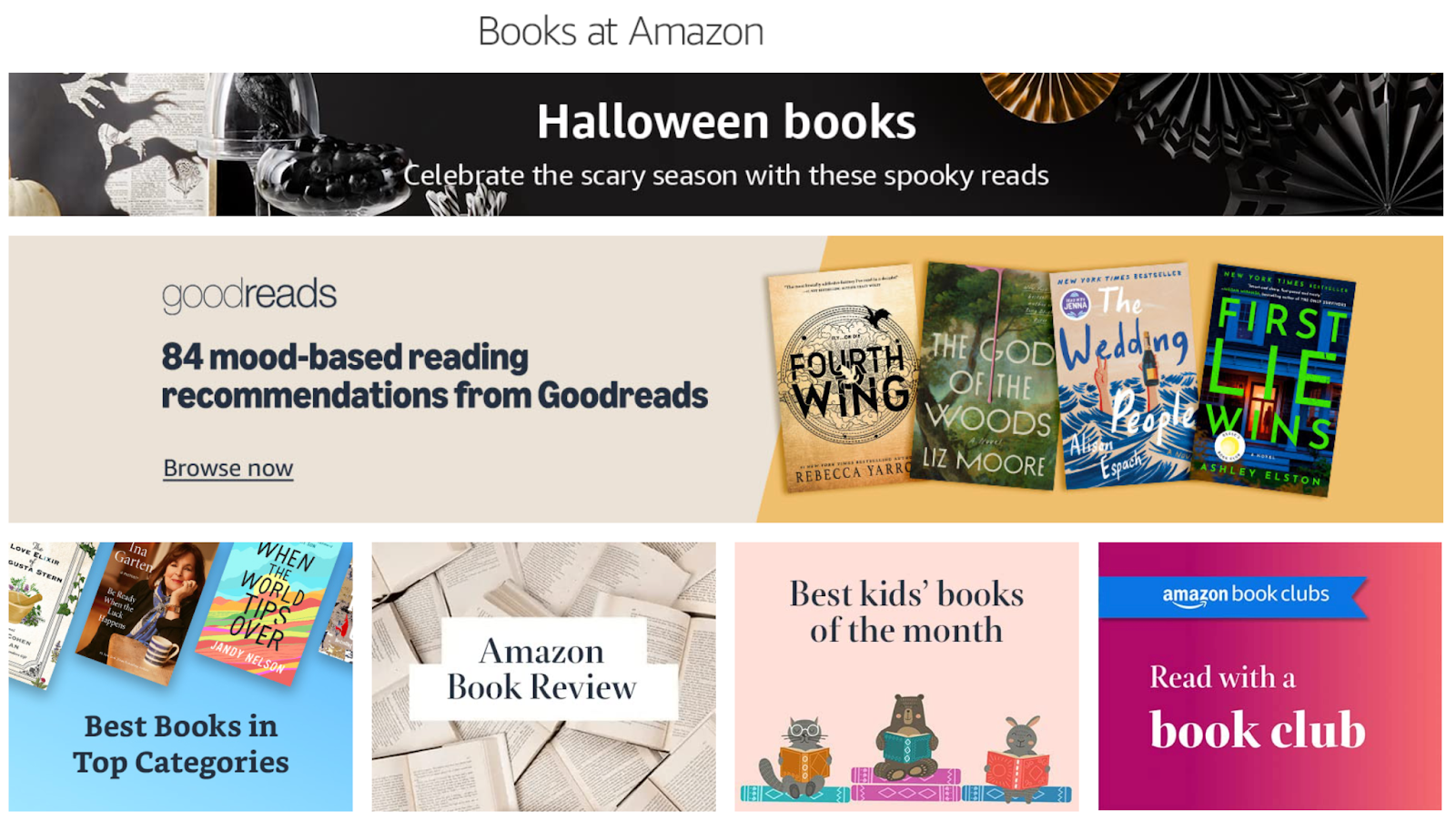
Whether you’re a reseller, an author, or someone just trying to clean out your bookshelf, selling books online offers a range of benefits that make it an easy choice, especially if you plan to sell on Amazon.
Like we said before, Amazon is the largest online retailer in the world and even after 30 years in operation, the marketplace still is a big name in the book-selling industry. This means that on Amazon you have access to millions of potential buyers from all over the world. It’s a broad reach that traditional brick-and-mortar bookstores simply can’t match.
Also, selling online offers convenience for both you and your buyers. You can manage your business from anywhere, your store is (technically) open for business 24/7, and you can offer as many or as few books as you like without inventory constraints. And with programs such as Amazon FBA, you don’t even need to worry about distribution or operations when selling your books.
What types of books can you sell on Amazon?
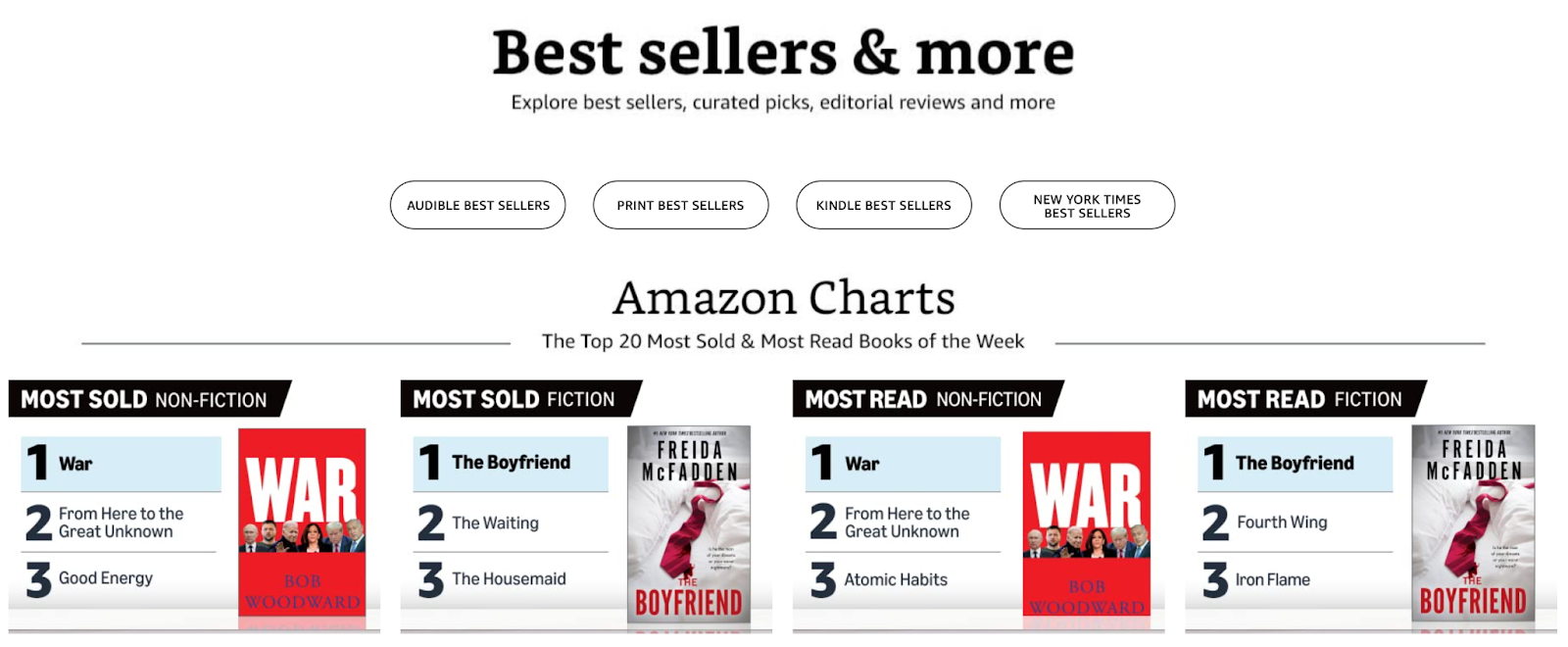
With so many categories available for product listings, sellers on Amazon have the flexibility to offer almost anything, and that flexibility includes books too. From new releases to rare finds, you can offer many types of books on Amazon.
Here’s a closer look at the types of books you can sell on Amazon:
Recently released books
Can be any book, from romance to technical guides, self-help books, or even children’s educational books. Recently released books are usually offered by sellers with access to a wholesale supplier or if they’re self-published authors. New books come with the obvious advantage of a pristine condition, making the product appealing to buyers who want the latest releases, no matter if they’re bestsellers or niche titles.
Used books
Because of the lower prices, used books are a very popular category as buyers often look for them to save money on textbooks, classic novels, or to complete collections. Amazon has strict condition guidelines to ensure that the books are in acceptable condition for selling. So, when selling used books, transparency on the description of the book’s condition is essential.
According to Amazon’s condition guidelines, the categories for used books are divided into:
- Used - Like new
- Used - Very good
- Used - Good
- Used - Acceptable
It’s important that your used book falls into one of these categories. If your book is in a worse condition than you described, it may end up not being accepted for listing.
Rare and collectible books
Collectors and library owners are always on the lookout for great finds and Amazon is one of the main spots this type of customer goes to. On the marketplace, these types of books often have a higher price point due to their scarcity and/or historical significance and collectors are typically willing to pay more for them.
Textbooks
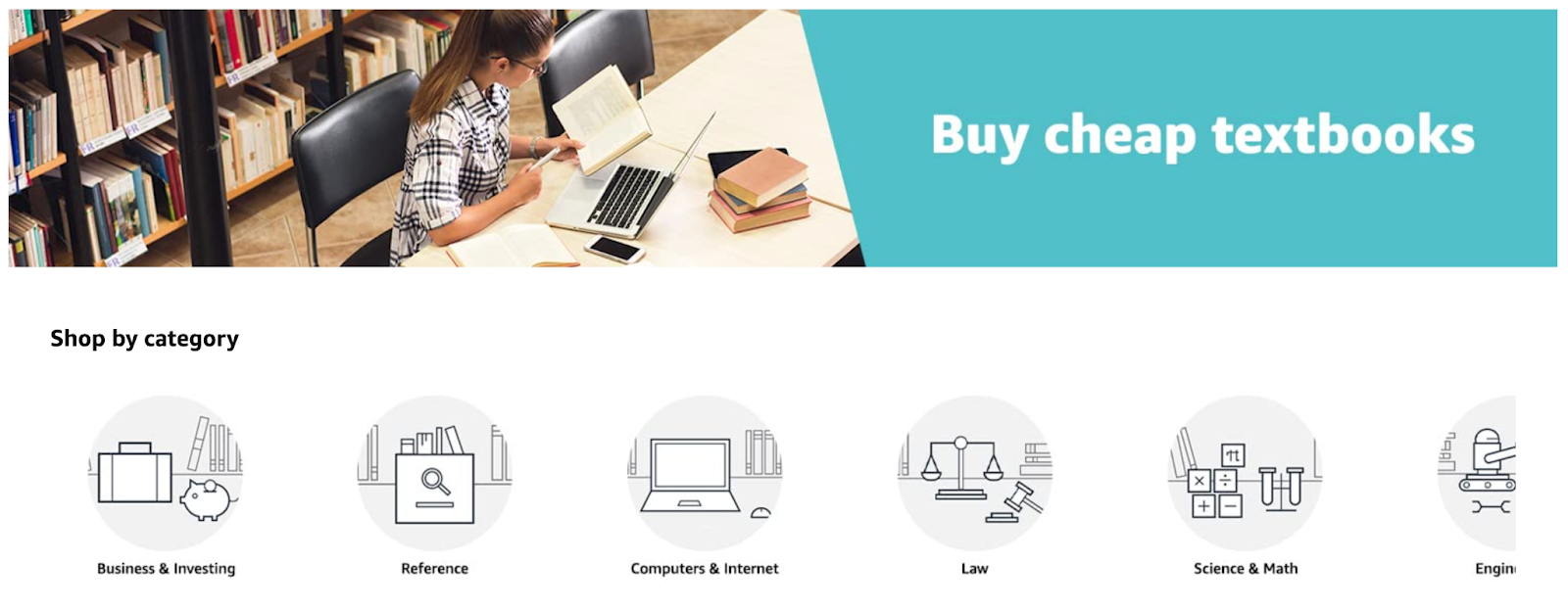
Parents and students turn to Amazon to find discounted textbooks, making this type one of the most profitable to sell on the marketplace, especially during the back-to-school season when the demand is incredibly high. And depending on their condition, textbooks can be resold year after year which makes people willing to spend more on them.
An important detail about selling textbooks is that, to maximize profits, timing is key. Listing textbooks before school semesters start is an essential strategy to capitalize on the high demand for this product.
Ebooks
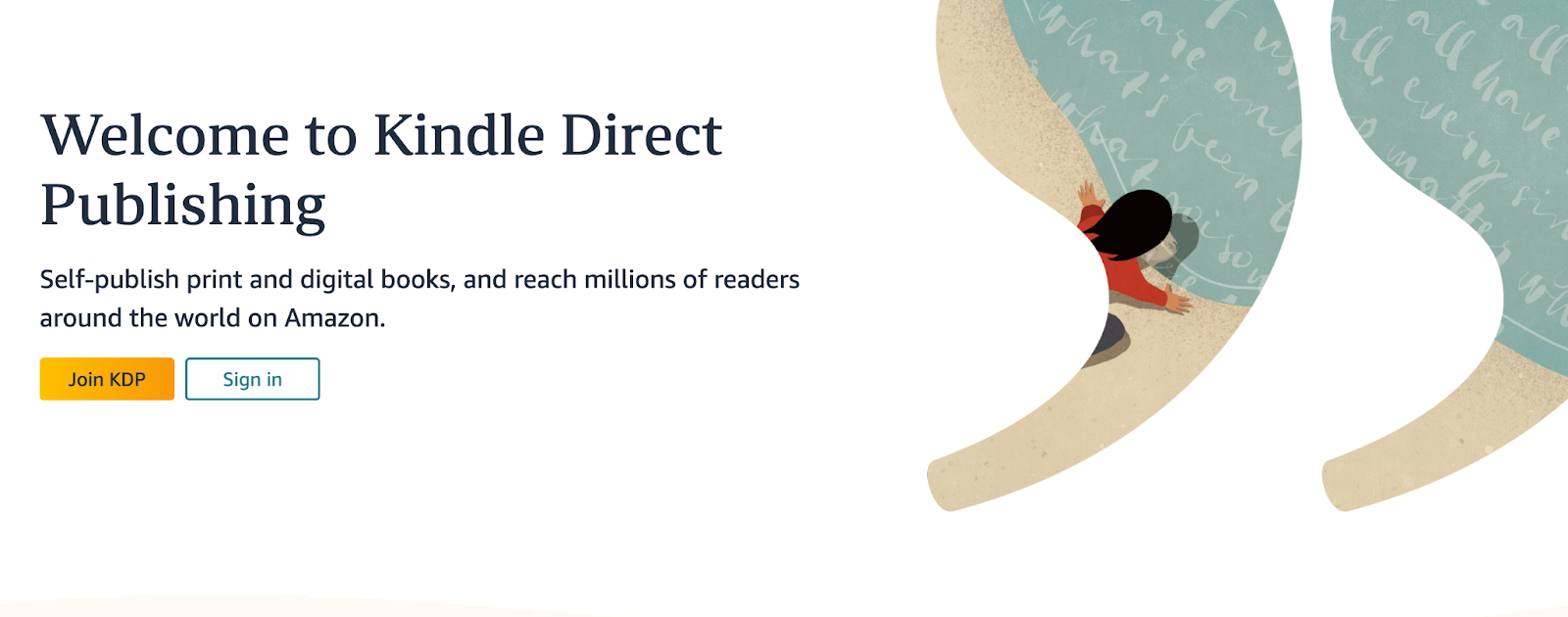
On Amazon, ebooks are mostly sold through Kindle Direct Publishing (KPD), Amazon’s self-publishing platform that helps authors sell their own print or digital books. Selling books in digital format is very practical, as you don't have to worry about shipping products or stocking books.
How to sell books on Amazon
Selling books on Amazon is an easy and straightforward process, and you can do it as an individual seller or a professional seller. It depends on how many books you intend to sell.
Let’s take a detailed look at how you can sell books on Amazon:
1. Create an Amazon Seller account
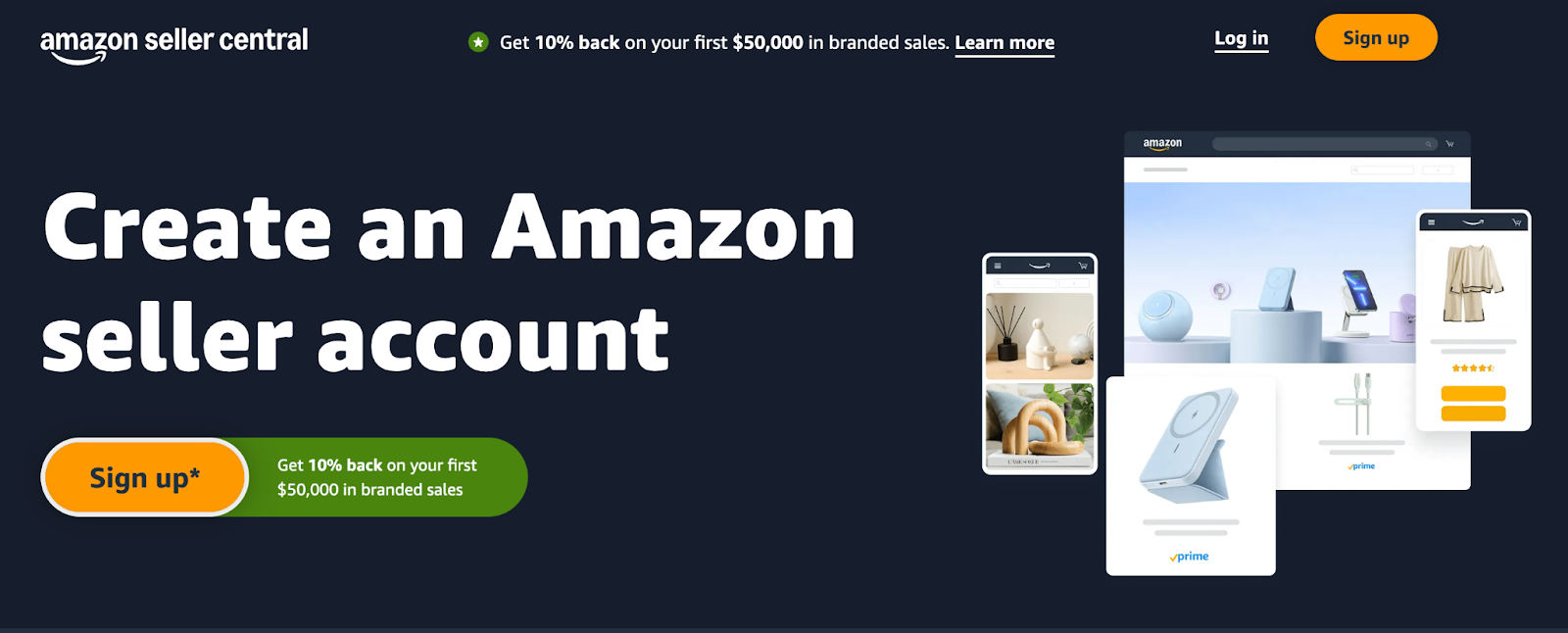
As we said above, when creating a seller account, your first decision is whether to sign up as an individual seller or go with the professional seller plan.
Individual sellers usually are the ones who move fewer than 40 books a month. It might be the best option for a side hustle if you're just freeing space. Fees with individual accounts are cost effective too, at $0.99 per item sold plus applicable selling fees.
But if you’re establishing a true book-selling business, a professional seller plan is the best option. With this, you can sell as many books as you want for $39.99 per month plus applicable selling fees. The professional seller account also offers other features and advertising options to help business owners manage their online stores on Amazon.
2. List your books for sale
Selling books on Amazon isn’t just about uploading a picture and setting a price tag. You need to make sure your potential buyers can actually find your books. When listing a book, you’ll need to optimize your title, description, and keywords. Start with your book’s title, you want to add keywords people are searching for. For example, if you’re selling a thriller novel, make sure you add any important additional information, like “Thriller novel - Deluxe Edition”.
When making your book listings, in addition to the photos of each product, you’ll need to fill in specifics like:
- Seller SKU: It’s the stock-keeping unit code that’ll identify your book inside Amazon’s platform. You can leave this blank if you want so that Amazon can choose the code for you.
- Price: The pricing of each of your books.
- Quantity: How many copies of a specific book you have for sale.
- Condition: Choose between Amazon’s condition categories (mentioned above).
3. Choose your fulfillment channel
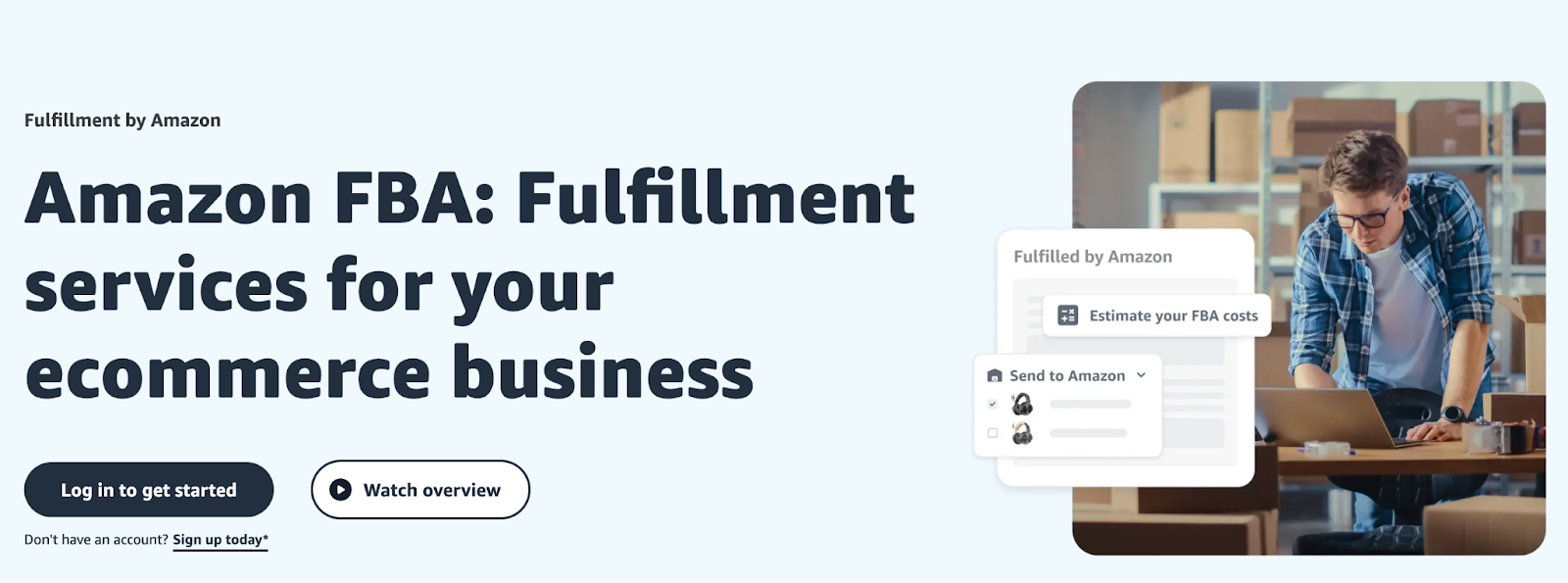
When listing your books, another option to be filled in is which fulfillment channel you’ll adopt, FBA or Merchant fulfillment.
With Amazon FBA (Fulfillment by Amazon), you ship your inventory to Amazon, and they handle everything from storage to shipping, customer service, and even product returns. It’s basically having your own warehouse and shipping department, but in exchange for some extra expenses for each service provided. Still, Amazon FBA it’s a great service for security and speed of delivery.
But on FMB (Fulfillment by Merchant), sellers fulfill orders themselves, maintaining inventory and shipping. This fulfillment method gives you full control and responsibility over these procedures. It’s definitely a cost-effective approach compared to Amazon FBA, especially when you have a low volume of orders and storage space, but packaging, delivery safety, and other aspects of the transaction between you and your customers are at your account.
Read more about ecommerce fulfillment here.
4. Promote your books
In the competitive landscape that exists within Amazon, marketing is everything. You can run promotions, launch book bundles, and take advantage of Amazon's Lightning deals to reach more customers and build loyalty.
Taking advantage of social media marketing is also a great idea. Influencers who focus on books (yes, they exist) can introduce your store to a huge audience of book fanatics. Amazon sellers can even use Amazon Live—an online destination for online product showcases, announcements, and more.
How to market an ebook: the most effective marketing strategies revealed.
5. Get paid for your sales
After the purchase is made, Amazon will deposit your earnings into your account every two weeks. Payments are based on the price of the book sold minus fees (such as referral fees, shipping fees, and FBA fees if applicable).
It’s important to notice that the timing can vary slightly according to Amazon's changing policies and procedures. So it's always a good idea to consult their seller guidelines for the most up-to-date information.
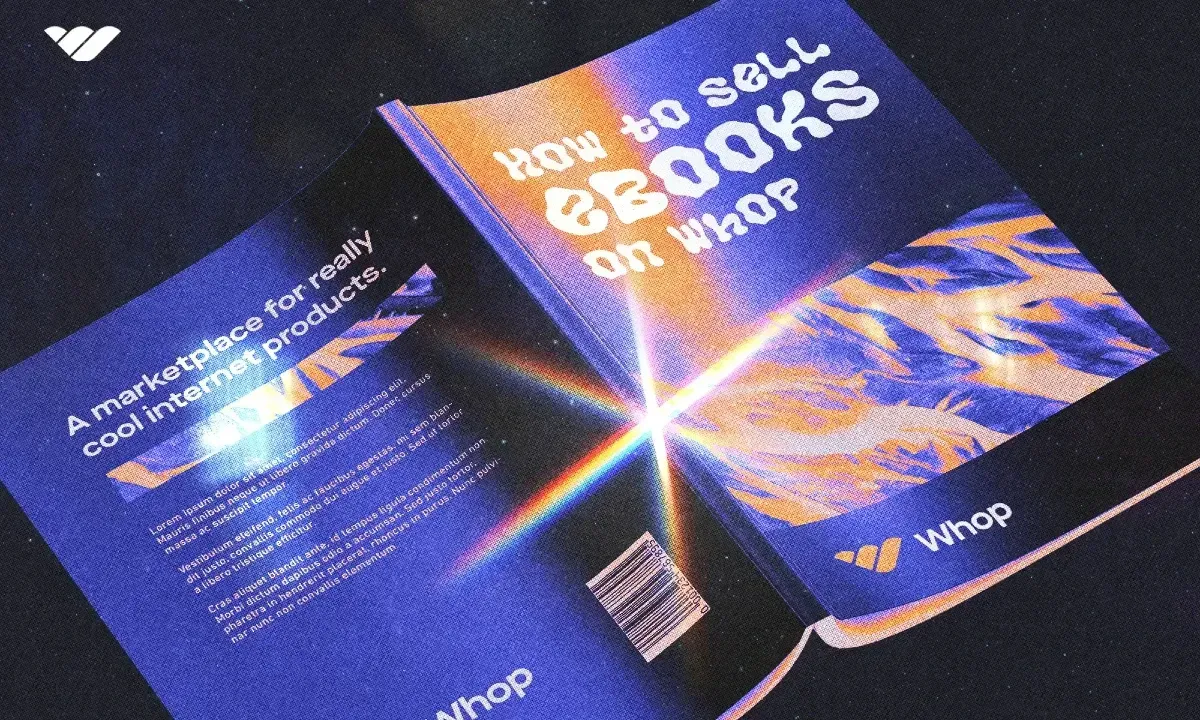
Top tips for selling books on Amazon
From optimizing your listings to choosing the right sales strategy, when selling books on Amazon, success often comes down to the details. Here are some useful tips when selling books on Amazon:
Understand your audience
First, it’s important to understand your target audience—are they casual readers, collectors, or textbook buyers? Tailoring your approach to match what your audience values, like competitive pricing or fast shipping, is key.
One great way to stand out is by paying attention to your book descriptions. Don't just list the basics—highlight unique features like special editions, signed copies, or rare prints. These details can attract buyers who are looking for something specific.
Some books might take time to sell, so it’s essential to be consistent in monitoring and adjusting your listings. If a book isn’t selling, try tweaking the price or keywords to better match market trends. With the right strategy, attention to detail, and focus on your audience, you can succeed.
You can also focus on a niche, such as focusing on children's books or opting to sell only textbooks of different academic degrees. Focusing on an audience ensures that you will always have someone to sell to.
Look for the best genres to offer
If you plan to sell a wide variety of books, choosing book genres that cater to a wide audience may be the best idea for your book-selling business on Amazon. Certain “mainstream” genres have a higher demand, while others may have less competition but offer more niche audiences.
Start by researching best-sellers in various categories to see where the opportunities lie. Amazon’s specific categories, like “Amazon’s Best Sellers" can provide you with data on top-selling books, so take advantage of this to identify trends.
Non-fiction books like self-help, business, and personal development, for example, cater to older audiences willing to pay more for the best titles. Meanwhile, fiction genres, like fantasy, mystery, and sci-fi consistently perform well among all ages.
Offering the right product to the right audience is the best way to ensure consistent sales, as well as a satisfied and loyal customer base for your business.
When selling used books, be honest about their condition
Whether you're selling gently used books or well-worn ones, the rule is the same: be honest about the condition of your product. Buyers rely on accurate descriptions to make informed purchases, and nothing frustrates a customer more than receiving a book that isn’t as advertised.
Being transparent not only builds trust with your customers but also reduces the chances of returns or negative reviews. If buyers feel misled, they’re more likely to leave bad feedback, which can hurt your seller rating. Even if the book isn't in perfect condition, as long as the buyer knows exactly what they’re buying and what to expect from the product, it's good business.
Monitor inventory and sales performance
It’s not enough to simply list your books and wait for them to sell—you need to actively manage your inventory and keep a close eye on market trends. Amazon provides sellers with detailed reports and analytics, which can help you track how well your books are performing.
On Amazon’s Seller Central—the main Hub for sellers on Amazon— you can manage your product listings and inventory, handle shipping and logistic needs, track sales and payments in real-time, and even keep track of customer feedback. The platform allows you to maintain complete control of product marketing and pricing. By taking full advantage of Amazon’s many features for sellers, you can optimize the performance of your business and increase your chances of long-term success.
Selling ebooks? Sell with Whop
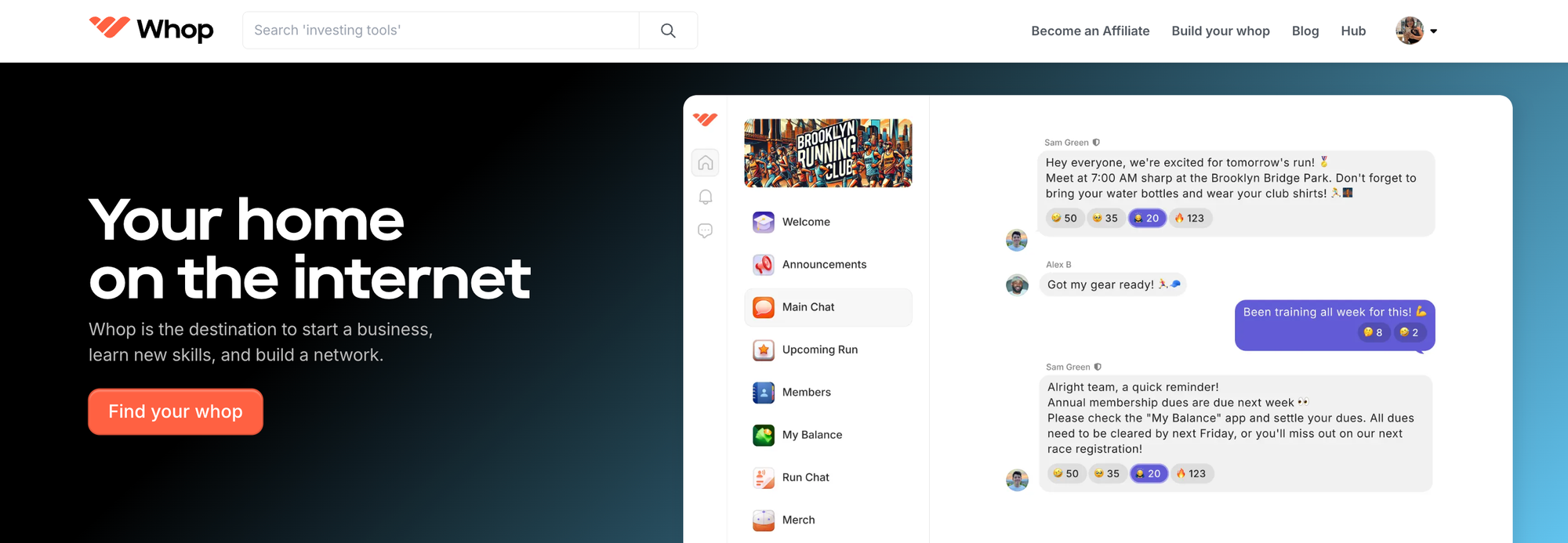
If you're selling ebooks then you should consider selling with Whop. While Amazon KDP is a well-known way to publish and sell your ebooks, it comes with a complicated (and hefty!) fee structure which ranges from Amazon taking anywhere from 30% to 65% of your revenue.
With Whop you keep from 97%-70% of your revenue (depending on if your sales come direct or through the marketplace). Plus, you can do so much more than just sell ebooks. You can create your own whop and transform your ebook into online courses, masterminds, and digital downloads. Or, create a community around your course, letting your fans get excited about the next release.
How much longer are you going to wait? Whop is here to guide you, you just need to take the step.
How to sell books on Amazon FAQs
The frequently asked questions about how to sell books on Amazon.
Is selling books on Amazon profitable?
Yes, selling books on Amazon can be profitable, but profitability heavily depends on several factors such as the types of books you sell, your pricing strategy, and how efficiently you manage your operations on the marketplace.
How much does it cost to sell books in the Amazon store?
Amazon’s fees vary according to your seller's account; if you have an individual seller plan, the platform takes a total fee of $0.99 per sale plus selling fees. If you use a professional seller's plan, you pay $39.99 per month plus applicable selling fees. The best plan for you depends on your business size and ecommerce goals.





